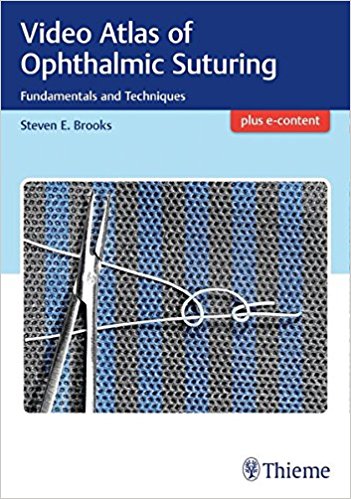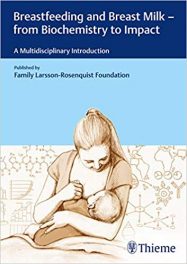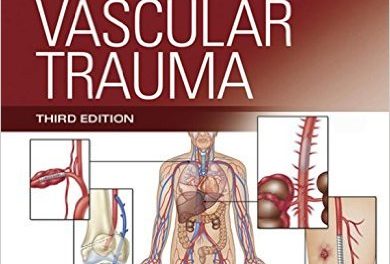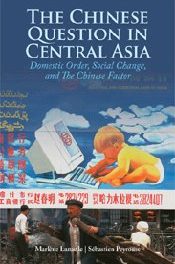 Author: Steven E. Brooks, MD
Author: Steven E. Brooks, MD
Foreword by: Christopher Ahmad, MD
Publisher: Thieme – 53 pages, with 42 illustrations
Book Review by: Nano Khilnani
If you want to succeed as a surgeon, watch athletes practice, advises Dr. Christopher Ahmad, who wrote the Foreword to this book. He is an orthopedic surgeon, professor of orthopedic surgery, chief of the Sports Medicine Service, and vice chair of clinical research – all at Columbia University Medical Center in New York City.
Dr. Ahmad is also Head Team Physician for the New York City Football Club, president of the Major League Baseball Team Physicians Association, and Head Team Physician for the New York Yankees.
So what is the similarity between successful surgeons and athletic champions? They practice, and practice, and practice, spending a lot of time practicing in their fields, writes Dr. Ahmad.
“The difference between accomplished athletes and exceptional surgeons compared to ordinary people is that talented people have a drastically different relationship with practicing. Lack of improvement in surgery or any field is more related to ineffective practice rather than lack of innate talent,” he points out.
He adds: “Once this is understood, improvement becomes a matter of figuring out what effective practice is. Dr. Brooks’ video atlas provides the right instruction to practice the right way. A concert pianist or professional golfer spend less time performing and a greater time practicing.”
In contrast, Dr. Ahmad explains: “Surgeons, however, are busy seeing patients and performing surgery, and fail to dedicate time to practice. Practice should be an integral part of a surgeon’s day and the best surgeons, like athletes, make practice their priority.”
The earliest medical use of suturing (in Latin, ‘sutura’ means ‘sewing’) dates back to 1100 BC as discovered on mummified humans. In much more recent medical history, the earliest use of suturing is not known, but it may be in the 1880s in ophthalmic surgery, when Hermann Kuhnt proposed using fine silk thread to close corneoscieral incisions made during cataract extraction.
This is a relatively short guide combining text and images in print form, with an online video atlas developed by Dr. Steven Brooks to enable you to focus on learning ophthalmic suturing and get really good at it with repeated practice. It consists of only 11 chapters, but we urge you to closely read the Foreword and Preface as well. The chapters below provide you an overview:
- Historical Perspective
- Safety
- Basic Principles
- Basics of Would Healing and the Role of Suture
- Ophthalmic Surgical Suture : Properties, Design, and Selection
- Suture Needles
- Needle Holders and Forceps
- Suturing: Basic Skills and Techniques
- Common Errors for Beginning Ophthalmic Surgeons
- Complications
- Self-Assessment Quiz
Dynamic instructional videos can be found online at www.MediaCenter.Thieme.com
Get the access code on the first page of this book
Editor:
Steven E. Brooks, MD is Anne S. Cohen Professor of Ophthalmology, and Chief of Pediatric Ophthalmology at the Edward S. Harkness Eye Institute at Columbia University Medical Center in New York, New York.







